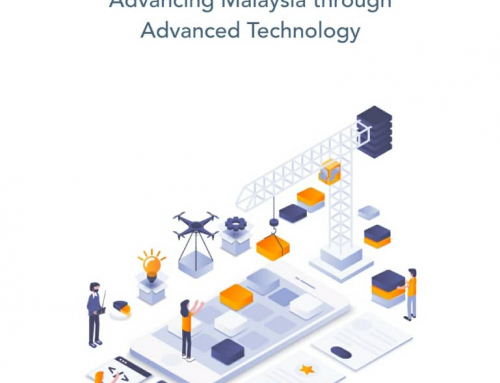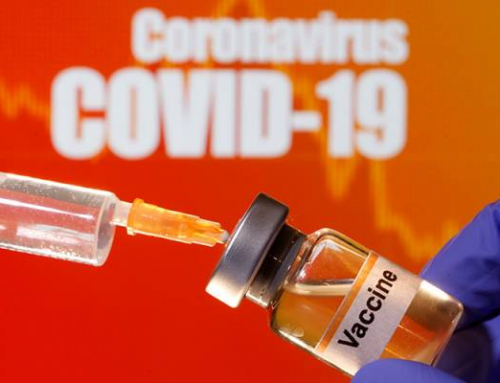The highly anticipated rules governing commercial operation of small UAS (sUAS) were announced by the FAA and will take effect in late August. Until that time, commercial operators may continue to operate under Section 333 exemptions.
One of the most significant changes for industry is that commercial operations that fit within the framework of Part 107 will no longer require approval by exemption, which has typically taken months to secure. Undoubtedly, the new framework will mean increased efficiency for commercial operators who will also not be required to secure airworthiness certification for their sUAS.
The fact that operators will no longer be required to hold a manned aircraft pilot’s license and can instead take a knowledge test to obtain a sUAS operator’s certificate is a significant win for the industry that will open up the skies to make more operators. Brendan Schulman, VP of Policy and Legal at DJI remarks:
“This is a global precedent. The most respected aviation authority in the world has concluded that drones may be operated safely for basic commercial operations without requiring airworthiness certification and without requiring pilots to pass a practical flight examination. This reflects how fundamentally safe and beneficial this technology is, and is a model that should be adopted worldwide.”
The removal of the requirement to obtain a sport pilot’s license comes as no surprise as the NPRM stated that the “training, testing, proficiency and experience requirements for obtaining a commercial pilot’s license have limited relevance to the nature of small UAS operations.” In addition to passing the aeronautical knowledge examination, pilots will be required to self-certify that they have the physical capacity required to safely operate sUAS. They will also need to undergo a TSA security threat determination.
In anticipation of the skies opening up significantly for sUAS, last year President Obama issued a Presidential Memorandum directing the National Telecommunications and Information Administration (NTIA) to convene an industry-led multi-stakeholder process to address privacy, transparency and accountability issues raised by UAS. In May – after many months of meetings – various industry stakeholders reached consensus on voluntary best practices for conducting UAS operations. Jules Polonetsky, CEO of Future of Privacy Forum, one of the stakeholders involved in the NTIA process states that with the final rule in place:
“Drones will bring a wide range of benefits, but for widespread acceptance, it will be essential for the public to feel comfortable that personal data collected by drone operators will be used responsibly. The drone privacy best practices provide guideposts that will help major companies and small operators alike demonstrate that they handle data in a trustworthy manner.”
In the coming months, with support of the White House, industry stakeholders will work towards developing educational initiatives surrounding the privacy best practices aimed at promoting broad industry adoption.
In addition to responding to privacy concerns surrounding drones, what the industry needs to achieve its full potential is a framework that supports beyond line of sight operations. This sentiment was expressed by Kurt Carraway, Unmanned Aircraft Systems Executive Director at Kansas State University (KSU): who commented on the Pathfinder Program which is a vehicle established to research how to fly beyond line of sight safely: “the methodologies incorporated into this great work are exactly what is needed to strike the balance between the advancement of the UAS industry and expansion of integration into the national airspace in a safe manner.”
In the meantime, industry reactions to the final rule suggest a general excitement surrounding the future of UAS. Bob Young, CEO of PrecisionHawk remarked that “today, the FAA revealed new regulations that maximize freedom andsafety, promoting business innovation that will take the industry to the next level. The rules recognize the value of drones as a tool to preserve our growing planet’s diminishing resources without jeopardizing a stellar safety record. We are excited to about the bright future of flying robots.”
SUPPLEMENTAL INFO
Excerpted from an article by Evan Ackerman in IEEE/Spectrum:
If you’re making money with your drone—by taking pictures or videos with it or whatever—and it weights less than 25 kg but more than 0.25 kg, these are the rules that apply to you. They’re slightly different from the rules for recreational hobby drones, so it’s worth browsing what’s new:
- Visual Line of Sight (VLOS) flight only. You have to be able to see your drone with your eyeballs. Autonomy is okay, as is FPV, as long as eyeball-VLOS is preserved and you can take control.
- Commercial drones are allowed to fly during twilight, which is 30 minutes before sunrise and 30 minutes after sunset, as long as the drone is well lit.
- Maximum speed is 100 miles per hour (about 160 km/h). Maximum altitude is 400 ft (about 122 meters), but you can go as high as you want as long as you’re also within 400 ft of a structure, presumably to allow for inspection tasks.
- You can’t operate a drone from another aircraft, but you can operate it from a moving vehicle, as long as nobody else is around (“in sparsely populated areas”).
- “External load operations are allowed if the object being carried by the unmanned aircraft is securely attached and does not adversely affect the flight characteristics or controllability of the aircraft.” Cool!
- “Transportation of property for compensation or hire allowed provided that the aircraft, including its attached systems, payload and cargo weigh less than 55 pounds [25 kg] total; the flight is conducted within visual line of sight and not from a moving vehicle or aircraft; and” you’re not trying to do it in Washington, D.C. or between islands in Hawaii.
- “The new rule does not specifically deal with privacy issues in the use of drones, and the FAA does not regulate how UAS gather data on people or property.” But they’re working on it, and in the meantime, you’re encouraged to obey local laws and not be a creeper or a jerk.
Other requirements for the aircraft and pilot:
- The drone must be registered and comply with all of the registration rules about markings and stuff.
- “The FAA is not requiring small UAS to comply with current agency airworthiness standards or aircraft certification. Instead, the remote pilot will simply have to perform a preflight visual and operational check of the small UAS to ensure that safety-pertinent systems are functioning property.”
- The pilot must “either hold a remote pilot airman certificate with a small UAS rating or be under the direct supervision of a person who does hold a remote pilot certificate.”
- Want a remote pilot certificate? Great! You’ll need to be at least 16, pass an initial aeronautical knowledge test at an FAA-approved knowledge testing center, and get a security background check from the TSA, which ought to be a lot of fun and will make everybody feel much safer.
Source: therobotreport






